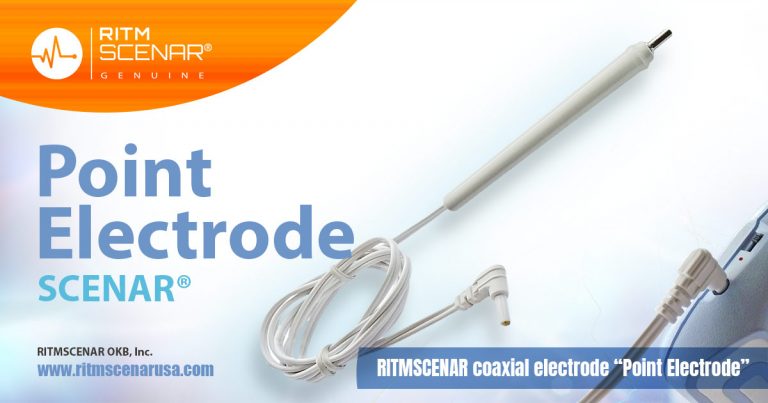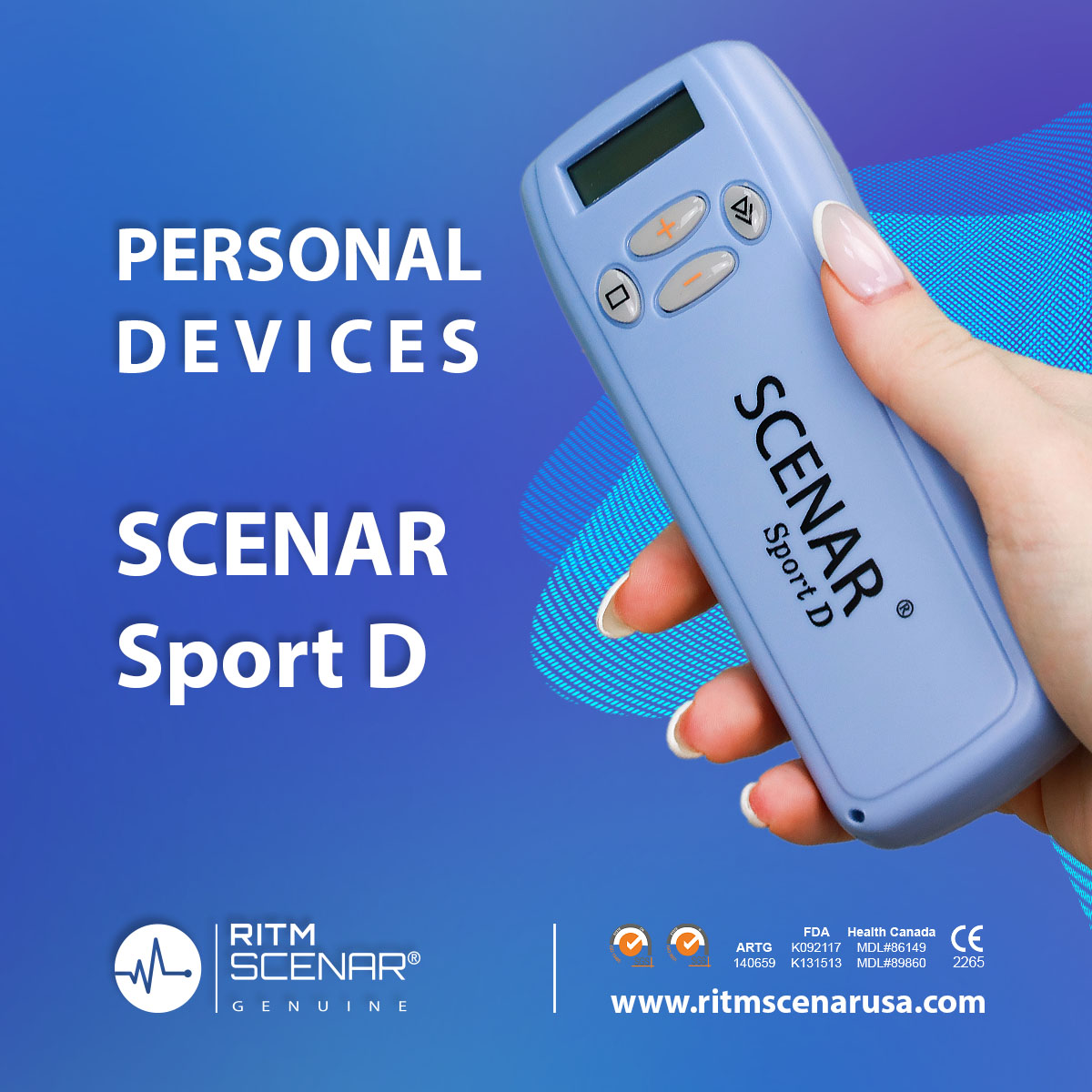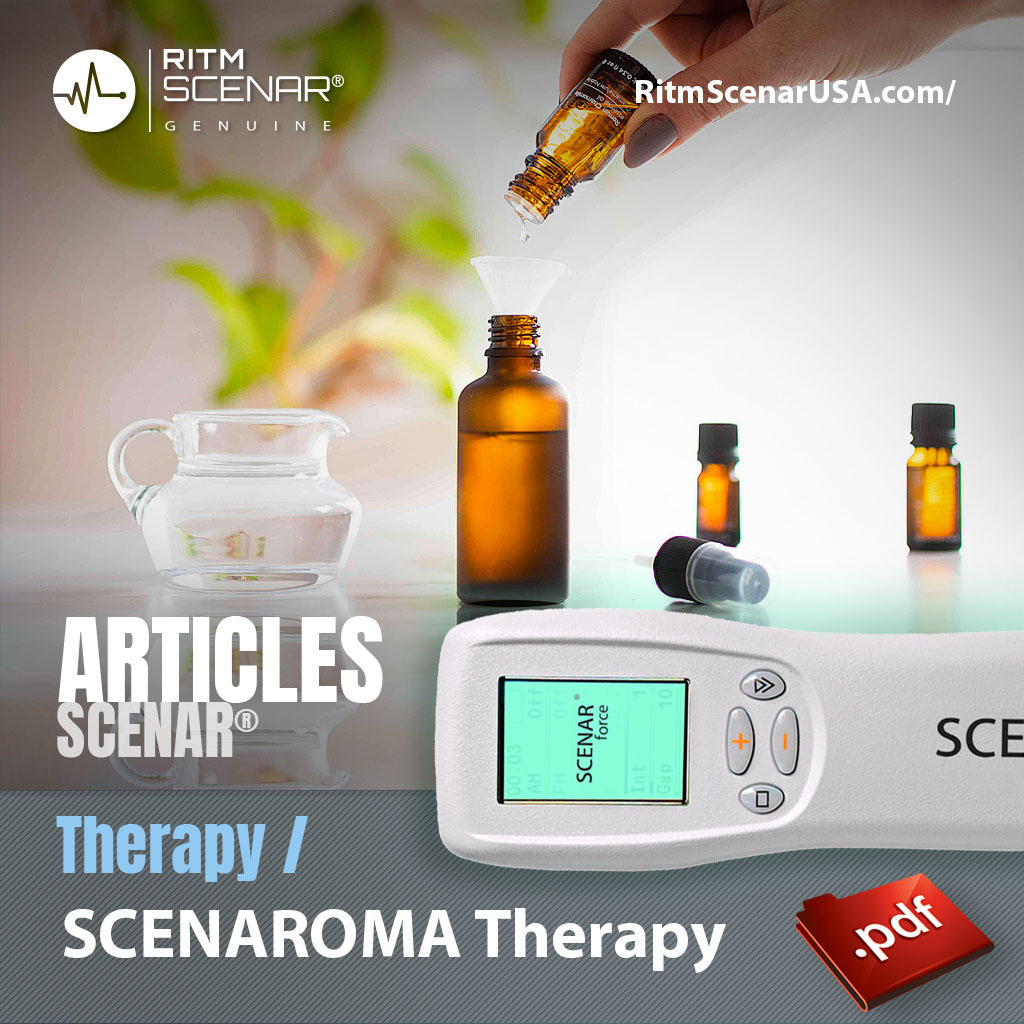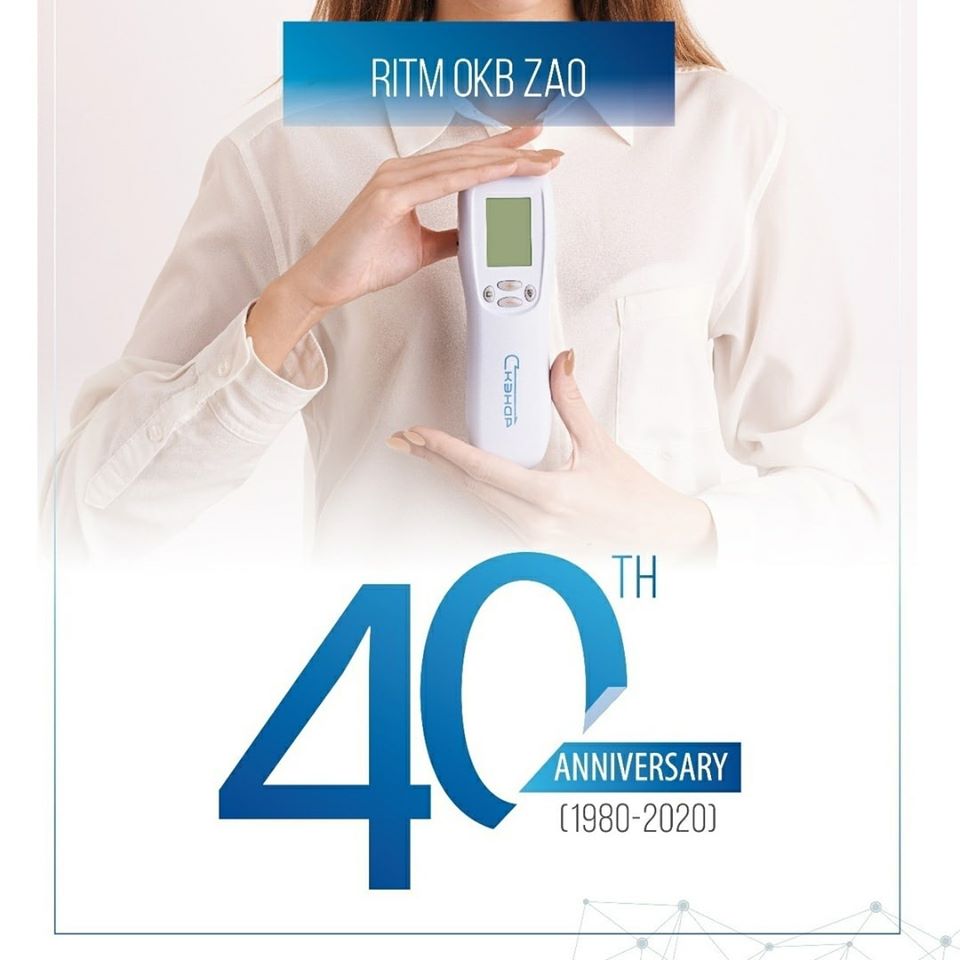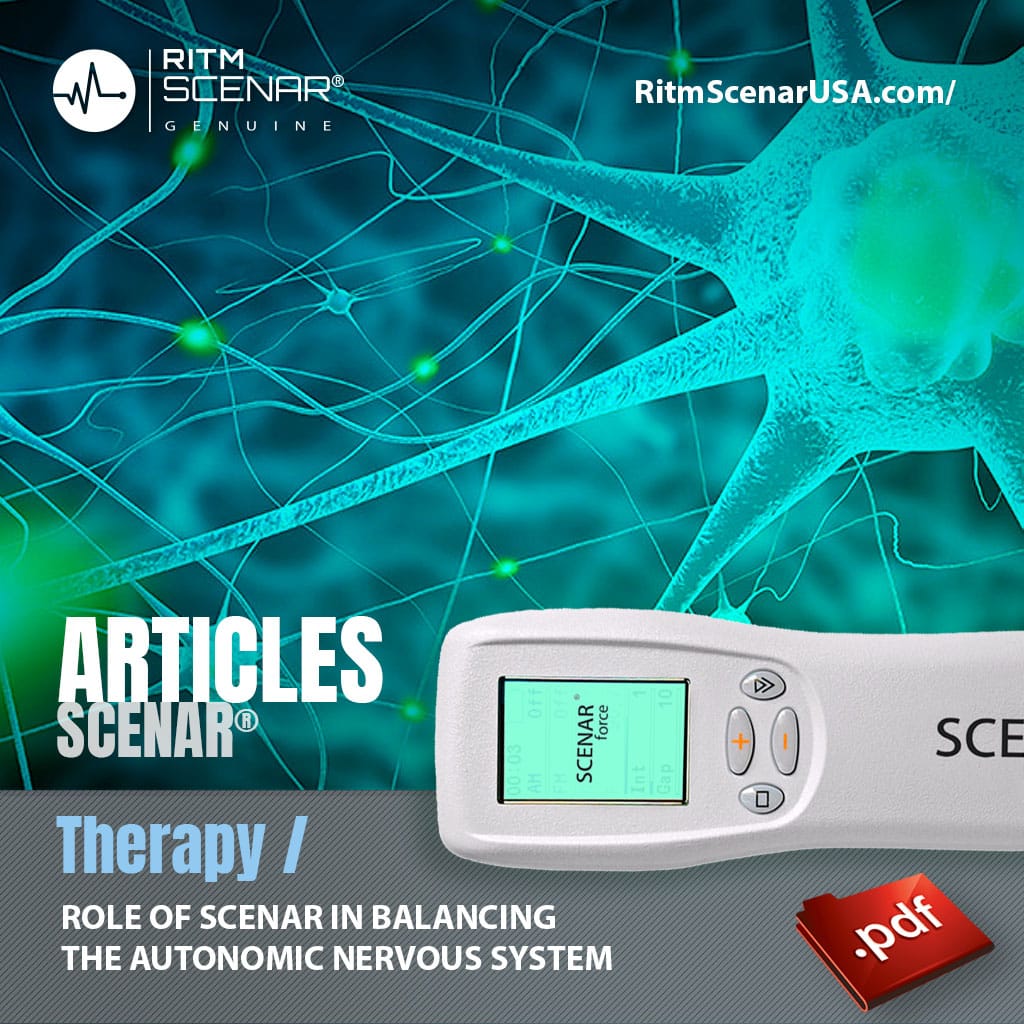The point coaxial / dual polarity electrode is also referred to as a multipurpose acupuncture attachment is designed to be used on acupuncture points and auricular areas – intended for acupuncturists and auriculotherapists to access any points of the body.
The acupuncture electrode (probe) is used on the same acupuncture points and for the same conditions as acupuncture needles are.
It can be also used for Su-Jok therapy.
We know of a few acupuncturists who have started to use SCENAR in conjunction with acupuncture therapy.
Knowledge of acupuncture points and meridians helps to maximize the SCENAR’s potential, as electrical stimulation of these points using the SCENAR can be especially effective compared to simple application to a pain source.
So, to use the probe properly, a practitioner is required to know where the acupuncture points are located throughout the body, on which organs and systems of the body and how they influence. This includes the meridian system as well.
The point electrode allows carrying out condensed influence on reflexogenic points of extremities and ears.
The curved point electrode is suitable for dental problems. It is used for tooth ache.
Auriculotherapy with SCENAR is performed using the point electrode homolaterally (on the ear from the side of the problem). Working on the correspondence zone and gradually coming nearer to the point of pain paying attention to the reaction of the patient and “sticking” of the electrode. Work till positive dynamics.
Massage of the whole ear using the point electrode – general stimulating effect.
Point electrode for use on the smallest skin structures and acupuncture points.
“According to the principles of the traditional Chinese medicine, illness happens when qi does not flow properly throughout the body. Acupuncturists determine whether qi is weak, stagnant or otherwise out of balance, which indicates the points to be stimulated. Electroacupuncture is considered to be especially useful for conditions in which there is an accumulation of qi, such as in chronic pain syndromes, or in cases where qi is difficult to stimulate.”
